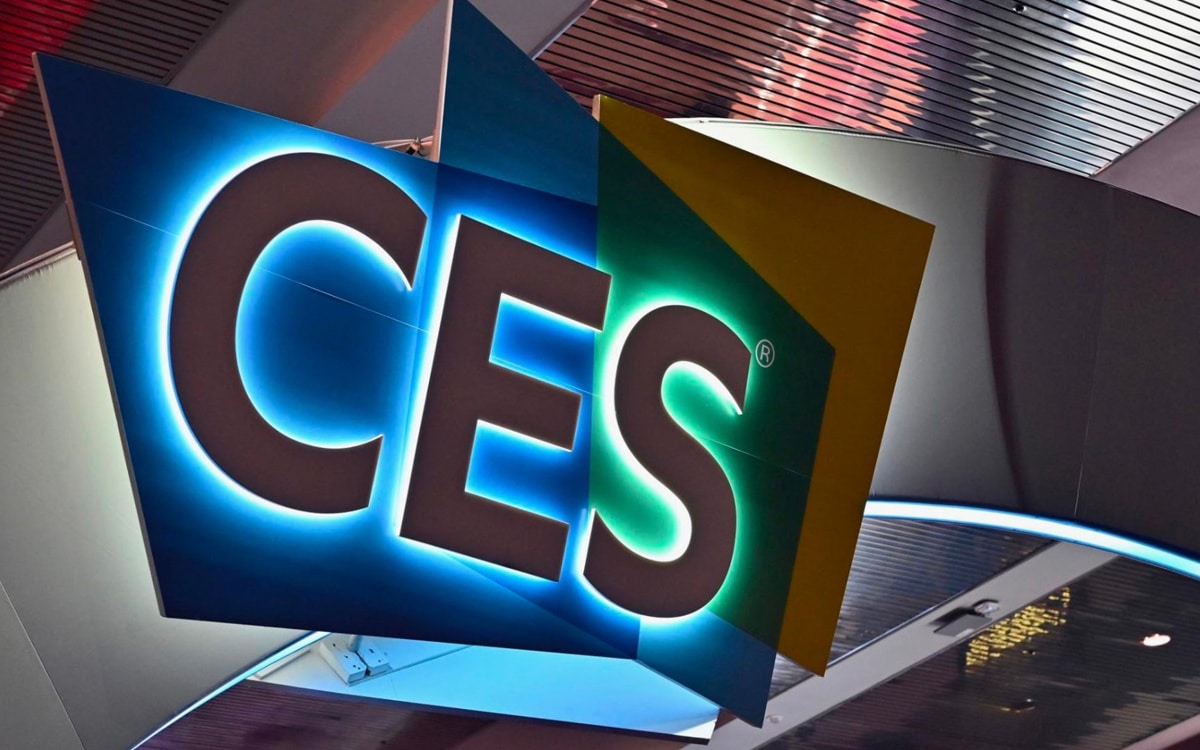
What Microsoft wanted to focus on security with Windows 11 It’s something we’ve known since the very day the new version of Windows was announced, in June of last year. And it is that when the technical requirements were made public, which have generated so much discussion since then, the inclusion of two points in said list made it clear to us where the shots were going. I am referring, of course, to the following:
- System firmware: UEFI, Secure Boot supported.
- TPM: Trusted Platform Module (TPM) version 2.0.
As you surely remember, we spent several months not knowing if, finally, having these functions would be essential to make the leap to Windows 11, since at first Microsoft stated that it would not admit exceptions in this regard, but later it softened its position a bit, until reaching a point where it did allow the leap to the new operating system , although this implies a renunciation of system updates, including security updates.
And now, when the waters in that regard seem to have finally settled, we could be approaching another controversy which, although without a doubt less important, may also indicate that the focus on the security of Windows 11, at times, may be leaving aside the usability of the systems by their owners.
This is due to the announcement, by Microsoft, of Smart App Control, a new application-level feature that will ensure the security of installed applications in Windows 11in a model quite similar to the one that we can already see in SmartScreen, the technology developed by Redmond for Microsoft Edge, and that provides a good level of security both with the web pages that we visit from the browser and with the files that we download through the same.
This, in itself, is good, very good news, since the SmarScreen model has been quite effective, and transferring it to all of Windows 11 with Smart App Control will only improve security with this operating system. However, we are faced with a problem, which may cause many users to decide not to use this security solution. And it is that, to use Smart App Control, it will be necessary to format the PC and perform a clean installation of Windows 11.
It remains to be seen when Smart App Control will start arriving in Windows 11, although it makes sense to expect it to do so with the 22H2 update. Now, we will have to wait to see if at this time the Redmond engineering teams are able to solve this problem. And it is that, otherwise, I am very much afraid that there will be not a few users who will dispense with such valuable protectionby not wanting or being able to reinstall the operating system from scratch.
If you are a Windows 11 user, What will you do when the time comes, if it is essential to reinstall from scratch to have Smart App Control?




